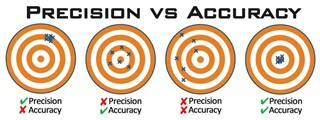Why can't the 66i record a reasonably accurate elevation track when in expedition mode? Expedition mode is tremendously valuable for certain applications like long backpacking hikes. But documentation that I can find is scant.
Please don't dismiss my question. I already know the design purpose for relaxing tracking accuracy is to reduce power consumption. And I already know Garmin doesn't publish its firmware source code. I'm looking for an answer of detail somewhere in between. In other words, "How does expedition mode save power?"
The lateral tracks are somewhat less accurate in expedition mode but still useful. The elevation record associated with those tracks however, is so wildly off target that it probably should not even be recorded.
Is it doing less processing? Is it turning the receiver off in between track points? If that were true, then users could alter power by changing tracking point frequency. Are there elevation settings that would change the accuracy of elevation tracks in expedition mode?
Next, is there anything I can do to get a more accurate track without grossly increasing power consumption? Then, is there anything Garmin could do to its firmware code?



